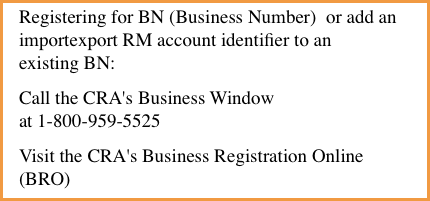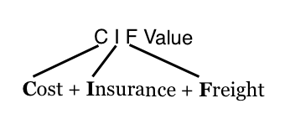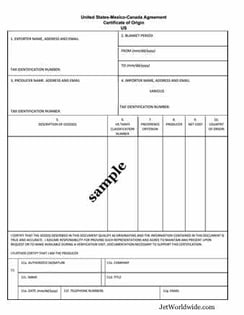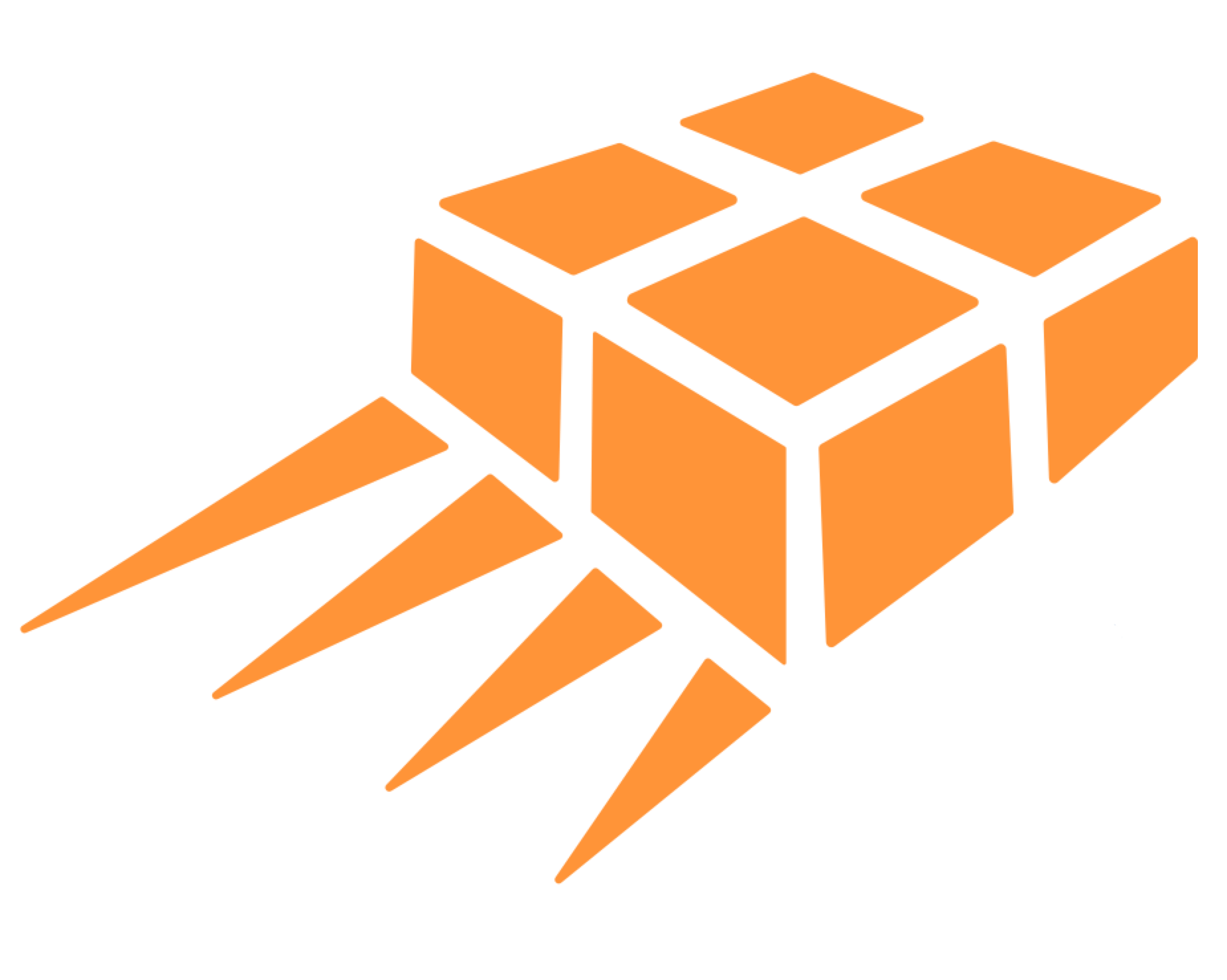
Verify Canada Import Regulations
Canada Import Regulations
Preparation for Canada Import Regulations
Importing goods into Canada requires compliance with the country's import regulations. Canada import regulations set out rules and procedures necessary to ensure a smooth and lawful import process.
In accordance with import regulations, it is important for applicants to confirm that their imports comply with applicable laws and regulations. This includes ensuring the goods do not fall under categories with restrictions, such as certain armaments or munitions. To this end, applicants may also need to ask for authorization balance checks or other information.
Canada is a huge importing country. Principle trading partners beyond the USA include the European Union, China, UK, Vietnam, and Mexico.
To begin the importation process, an applicant must first obtain access to the necessary permits and authorizations.
Important Steps Prior to Importing to Canada
This Guide reviews important things to consider when importing to Canada
- Obtaining a business number
- Becoming a non-resident importer
- Identifying and classification of imports to Canada
- Determining admissibility of goods
- Calculation of duty
- Taking advantage of Canada's free trade agreements
- Using a Canadian Customs Broker
- Best modes and shipping to Canada
- Obtain a business number
- Getting Canadian customs release
Before importing commercial goods to Canada, the business or individual, needs a Business Number (BN). Issuance is via the Canada Revenue Agency (CRA). The registration for an import/ export account is rather simple and free of charge. The process is fairly quick and easy.

Become a Non-Resident Importer
Businesses not in Canada may wish to become a non-resident importer. Read more about valuation and non-resident importers.
Identify the goods you want to import
Gather information concerning the goods you intend to import. Import details include their country of manufacture, material composition, and use cases. This information will help determine the tariff classification or HS Code.
Classifying your good for import to Canada
Determining the correct tariff classification number is an important step. The HS classification is one of the three main data points to determine the rate of duty.
Canada is among the many countries using the Harmonize System(HS). The first six digits are a common identifier across all countries. The following four are unique to Canada. The remaining numbers establish the duty rate. They are also useful for Statistics Canada.
Ensure the goods you wish to import are admissible to Canada
Certain goods cannot import to Canada. This includes the obvious such as child pornography and hate propaganda. Less obvious items such not new mattresses and some resold automobiles.
Determine if any permits are necessary
Many goods are subject to permits and certificates from government agencies other than customs. The CBSA for administers import requirements on behalf other regulatory authorities.
More than one government department may have a role in approval the importation of certain goods.
Certain agricultural products may have quotas or limits on the amount that can import. It is essential to be aware of these allocation rules in order to avoid any complications during the import process.
Determine the value for duty
For most shipments, the value for import to Canada is the transaction value. In other words, the amount paid for the goods is the value you should declare. Note that the "dutiable value" includes the cost of shipping and insurance. This is the CIF value. Read more about CIF and verify the correct value declaration.

Understanding the Country of Origin
Identify the country where your goods originate. This does not simply mean the country from which the product was ships from. Understanding the difference between where goods ship from and country of origin. The country of It may also include where individual parts of the product are from, as well as where the place of final assembly.
Upon completion of the import application, the applicant will receive a date confirmation from the relevant bureau or agency. Keep track of all correspondence and fees.
Verify benefits of Canada's Free Trade Agreements
Goods originating from a country sharing a free trade agreement with Canada, may import duty fee. Read more about Canada's free trade agreements. The goods must qualify as "originating" under the wording of the specific trade agreements.
Meeting the requirements of the relevant trade agreement are necessary to benefit from a preferential duties. Imports must include a proof of origin.

Calculate the duty rate to Canada
Most duty rates in Canada fall into two main categories: Preferential rates and most favour nation (MFN).
Preferential tariffs apply to goods that quality via a free trade agreement. Most often, these 0% duty.
Most Favour Nation rates apply to goods from all countries except North Korea. They are the default rate for all goods that do not otherwise qualify for preferential treatment.
The Canadian Customs Tariff Schedule has two columns on the right hand side. Each column displays the preferential or MFN rates.
Determine the applicable tariff treatment and rate of duty
Duty calculation is via the HS classification, value and country of origin.
1. Determine the correct tariff classification number
2. Confirm the country of origin and applicable tariff treatment
3. Multiply the value for duty by the duty rate
A complete list of countries eligible for the above tariff treatments are at the beginning of the Canadian Customs Tariff. General tariff information and guidelines is available at CBSA memorandum D11, General Tariff Information.
Understand non-duty import fees
Duty is often the least expensive part of total import fees. Other charges include sales tax (GST, PST, HST), brokerage fees, and carrier disbursement fees. Read more about the totality of Canadian Import Fees.
Excise Fees
Examples of goods subject to excise tax include alcohol, tobacco, certain fuels and vehicles. Read more about non-tariff barriers.
Review Modes of Shipping and Carrier options to Canada
The main modes of shipping to Canada include postal, air freight, surface (truck and sea freight) and courier. Contact Fill in form below. Ask to be in contact with our team for assistance.

Read more about ocean shipping to Canada.
Become familiar with the role of a Canadian customs broker
Importers can deal directly with the Canada Border Services Agency (CBSA) to import goods. Alternatively, importers can authorize aLicense Customs Broke to act on their behalf. Read more about Canadian customs brokers. Whether or not you use a customs broker, the importer has the ultimately responsible. This includes the correct documentation, payment of duties and taxes, correct classification, origin and valuation. Use of a broker does not absolve the importer of compliance with Canada import regulations.
Shipping Paperwork Necessary for Importing to Canada
The most important document is a properly completed Canada Customs Invoice or its equivalent. The importer or customs broker submits Form B3 at time of import. This is the customs submission form.
The paperwork necessary for imports to Canada includes:

Getting release of your goods
There are two options for getting release of your goods. With both options, you may prepare the release and accounting documents or use a customs broker. The CBS Aassigns a 14-digit transaction number to track the clearance process.
Furthermore, applicants should familiarize themselves with any additional guidelines or requirements of the GAC or other relevant authorities. This could include provisions regarding labeling, packaging, or safety standards. Staying up-to-date on these regulations ensures that the importation is without violations.
CBSA has great online resources with the most up to date forms and regulations.
Navigating Canada's import regulations requires careful attention to detail and adherence to the procedures. Importers must ensure that they have the necessary permits and authorizations.






